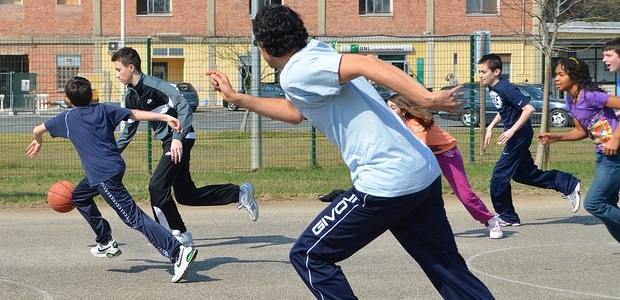How do you talk to students about corruption? This is one of the questions and challenges that we at Transparency International Italy tried to answer with their project “A path towards legality. My school adopts TI-It”.
Since our founding in 1996, we have been implementing projects in the education sector, as we believe that the education of younger generations − in order to form responsible and conscious citizens − is the main tool to prevent corruption.
The project “A path towards legality. My school adopts TI-It” involved 21 classes from four high schools in Lombardy and seven classes from two primary schools in Sicily.
The complexities of corruption were translated into the accessible language of core teaching subjects so that students could better contextualise it. For example, we spoke about corruption in sports during physical education classes, touching on a variety of issues from breaking rules to doping and match-fixing. We also invited athletes to join our classes, share their experiences and interact with the students. In law classes, we focused on ethical codes and had lawyers, journalists and doctors talk about the codes of their professions.
drawing on articles from the
Global Corruption Report: Education.
During math or geography lessons, we examined indices and surveys of corruption and their correlation with other economic and social indicators. We gave students card games so that they could gain knowledge of the Corruption Perceptions Index and various surveys, while also having fun.
From sport competitions to school tests
The main strength of this approach is that students realised that corruption is not abstract. They made the connection that corruption is a way of thinking and behaving in different situations, with both direct and indirect negative consequences. Cheating during a sport competition or on a school test − when their true merits are not recognised or judged fairly − is relevant to their everyday lives.
We also developed a test to evaluate the students’ attitudes towards corruption. The results suggest that students are more likely to accept corruption in scenarios or situations that are not necessarily part of their everyday lives. An example we found is that they would be more likely to pay a bribe to a public official in order to gain a personal advantage.
Another important aspect of our project is that students are encouraged to produce work at the end of the year using innovative and creative methods. Some developed codes of ethics for their classes, while others filmed educational videos or produced reports, comic strips, posters, drawings and murals.
We also decided to give students a prize as a reward for their work and engagement with the project − something that could also work as a call to action: a t-shirt with the word “Incorruptible” on the front and a bracelet with the sentence “Anti-corruption hero”. These accessories can remind students that each one of them has a responsibility and that they have the tools and know-how to prevent corruption from happening on school playgrounds, on sports fields and in everyday life.
Carousel image: Creative commons, Flickr/ campdarby
















 Connect with us on Facebook
Connect with us on Facebook Follow us on Twitter
Follow us on Twitter